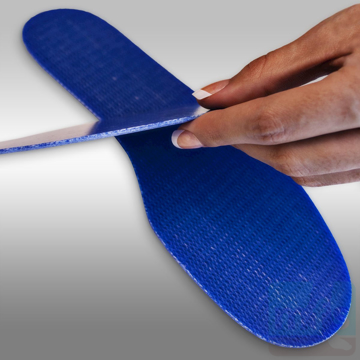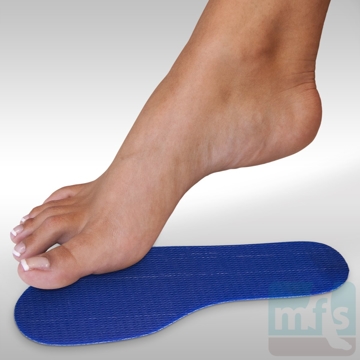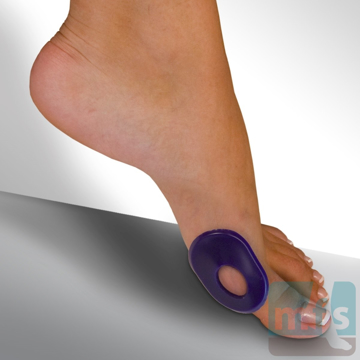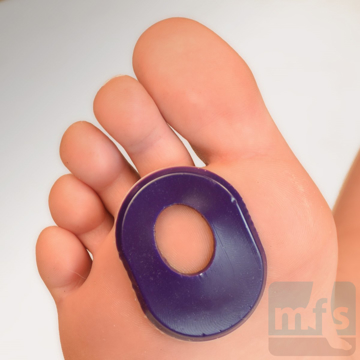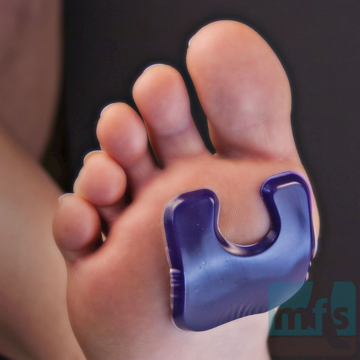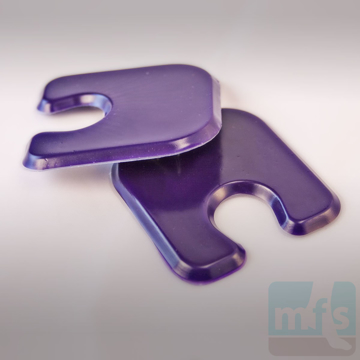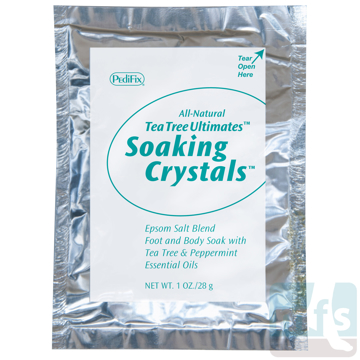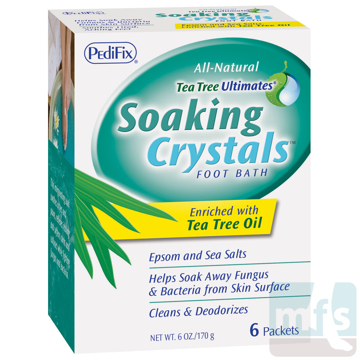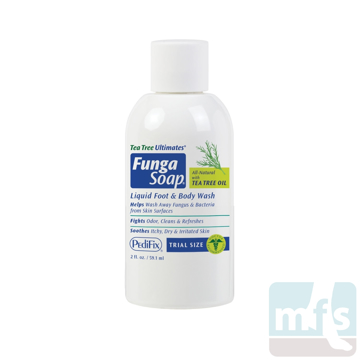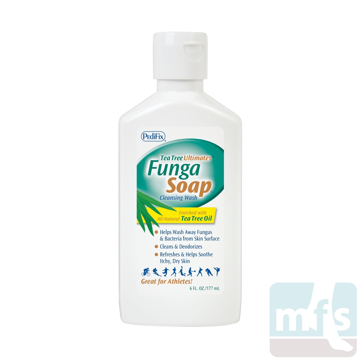- Summary
- Symptoms
- Read More
Summary
Puncture wounds of the foot are described as partial or full thickness. Partial thickness puncture wounds of the foot do not penetrate the deepest layer of the skin (dermis.) Full thickness puncture wounds of the foot do penetrate the dermis. Full thickness puncture wounds of the foot can be particularly difficult to treat. Puncture wounds of the foot can be very dirty wounds with material from the sock or inside of the shoe driven into the wound. A full thickness puncture wound of the foot can result in a rather complex bacterial infection.
Symptoms
- Acute pain with puncture
- Erythema and pain at the site of puncture
- Typically a small wound with little possibility to clean the wound
Description
Puncture wounds of the foot are a very unique type of wound.In addition to the thickness of the puncture (p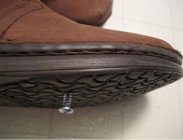 partial or full), wounds are also classified as clean or dirty. An example of a clean wound would be a puncture from a piece of glass in the kitchen. An example of a dirty wound would be a rusty old nail out in the yard. Each and every puncture, whether clean or dirty, should force you to review your previous immunizations for tetanus. Tetanus is a bacteria that is commonly found in the soil and can have some serious consequences if left untreated. When considering tetanus, a clean wound should have a tetanus booster within the past 10 years and a dirty wound, within less than five years.
partial or full), wounds are also classified as clean or dirty. An example of a clean wound would be a puncture from a piece of glass in the kitchen. An example of a dirty wound would be a rusty old nail out in the yard. Each and every puncture, whether clean or dirty, should force you to review your previous immunizations for tetanus. Tetanus is a bacteria that is commonly found in the soil and can have some serious consequences if left untreated. When considering tetanus, a clean wound should have a tetanus booster within the past 10 years and a dirty wound, within less than five years.
Wound healing of a puncture wound is very dependent upon the general health status of the patient. Factors that contribute to poor wound healing include poor circulation (PAD), diabetes, obesity, diabetic peripheral neuropathy, smoking, and poor nutritional status. Patients who sustain a puncture wound of the foot and have any of these comorbidities should seek the care of a doctor.
Causes and contributing factors
There are no causes of puncture wounds of the foot. Contributing factors may include the use of improper shoes for a particular activity, such as wearing tennis shoes on a construction site.
Differential diagnosis
There is no differential diagnosis for puncture wounds of the foot.
Treatment
Prevention of puncture wounds is as simple as using the right type of shoes for each specific activity. For instance, don’t go to a construction job site in tennis shoes, and don’t work in the garden in a pair of flip-flops.
If a puncture wound of the foot does occur, follow these treatment guidelines:
- Wash the wound with lots of soap and water, then wash it again. It's important to clean the wound before the wound becomes inflamed and seals over with a scab. Try to clean the wound of all loose debris. Follow washing by soaking the foot in Epsom’s SaltsÔ and the use of a topical antibiotic. If the wound shows any signs of infection, such as redness or increased pain or drainage, please contact your doctor for evaluation and an antibiotic.
- Repeat cleaning the wound twice daily with soap, water, and a washcloth.
Does every puncture wound of the foot need an antibiotic? No, not necessarily. If the would is clean and the patient is in good health, there's a strong likelihood that the wound will not become infected. If the patient is older or in any way immune compromised, an antibiotic would be required as soon as possible. In many cases, the wound can be monitored for several days, watching for signs of infection. These signs would include an increase in pain, redness, swelling or drainage. Red streaks rising from the wound (lymphangitis) or painful regional lymph nodes (lymphadenopathy) are also signs of an infection and a need for immediate medical care and antibiotic treatment.
When to contact your doctor
If you have any questions about the wound or suspect an infection, please contact your doctor for care.
References
References are pending.
Author(s) and date
![]() This article was written by Myfootshop.com medical advisor Jeffrey A. Oster, DPM.
This article was written by Myfootshop.com medical advisor Jeffrey A. Oster, DPM.
Competing Interests - None
Cite this article as: Oster, Jeffrey. Puncture wounds of the foot. https://www.myfootshop.com/article/puncture-wounds-of-the-foot
Most recent article update: January 14, 2021.
 Puncture Wounds of the Foot by Myfootshop.com is licensed under a Creative Commons Attribution-NonCommercial 3.0 Unported License.
Puncture Wounds of the Foot by Myfootshop.com is licensed under a Creative Commons Attribution-NonCommercial 3.0 Unported License.




